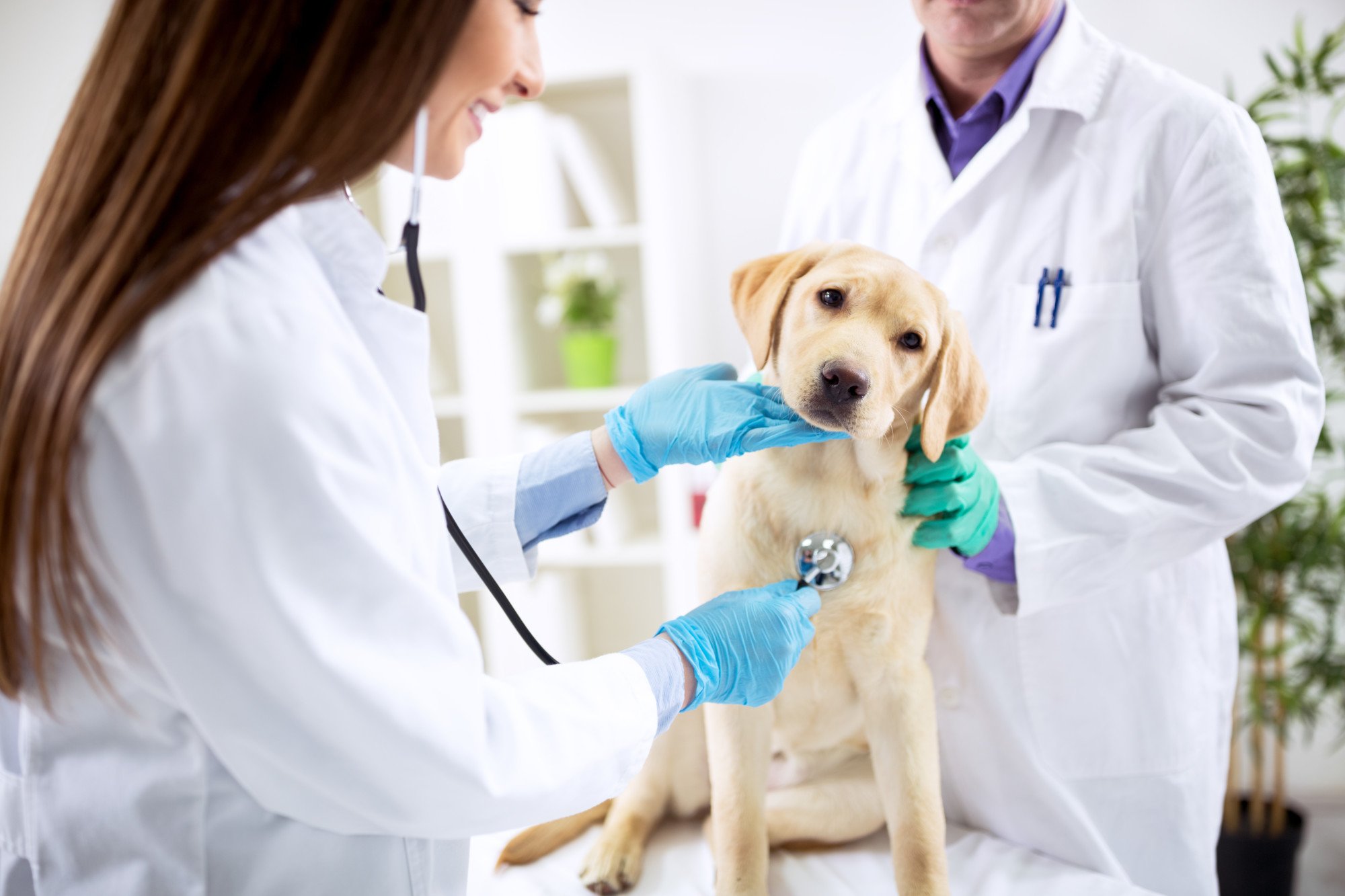Did you know that axolotls are now one of the top unique pets to have in many countries? Axolotls are now making a comeback thanks to their popularity in social media.
Nowadays, more people are looking to have an axolotl pet. It’s because these aquatic animals are easy to care for and maintain.
But to ensure that your axolotl stays healthy, you need to know how to take care of an axolotl. Do you want to know the proper caring for an axolotl? Continue reading this article and learn the correct way to take care of them.
1. Tank Setup
The natural habitat of Axolotls is the highland lakes of Central Mexico. These bodies of water come from mountain streams. Because of that, axolotls need cool and clear water to survive.
When taking care of an axolotl, an appropriate housing setup is crucial. Due to these conditions, they have a high sensitivity to ammonia and nitrates.
For its enclosure, your axolotl pet needs to have a tank that can hold up to 15 gallons of water. It also needs to have a quality pump with an output-reducing stray bar. Using this will help keep the tank water clear.
Not only that, but you also need to change 30% of tank water every week. Because axolotls are freshwater amphibians, you need to ensure each tank has the proper water pH and parameters.
When you plan to use tap water, make sure to treat it with an amphibian-safe water conditioner first. Keep the tank in a cool room away from air vents and direct sunlight.
Many new axolotl pet owners mistake putting gravel on the bottom of the tanks. Keep in mind that axolotls eat by sucking water into their mouths. Due to that, they may ingest these gravels, which results in serious health concerns.
Instead of gravel, you can decorate your tank with plants like java moss. You can also add hiding spots for your pet using PVC piping or plant plots.
2. Axolotl Diet and Feeding
Axolotls are carnivorous animals. They often feed on aquatic insects, small fishes, and other amphibians. These species hunt by sucking water and prey into their mouth.
Unlike other animals, axolotls are not picky eaters. This quality makes them one of the best types of pets to have. You can feed your axolotl pet any of these foods.
- Frozen brine
- Live nightcrawlers
- Bloodworms
- Mysis shrimps
- Small pieces of raw, lean beef heart and liver
- Axolotl food pellets
Full-grown adult axolotls can eat around three medium-sized nightcrawlers. For bloodworms, they can consume over one teaspoon. Shrimp and beef are often pet delicacies that you can give once a week.
Feeding schedules for your pet will depend on their condition. Axolotls will stop eating as soon as they get full. Observe how much they consume every feeding time to know the exact amount of food they need.
Axolotls produce a lot of waste, and uneaten foods will only add to it. Junior axolotls need feeding twice a day, while adult axolotls would need once every 2 to 3 days. In some cases, a healthy adult can go for two weeks without feeding.
3. Handling an Axolotl Pet
Another rookie mistake to avoid is handling an axolotl. These animals need to stay underwater, and they have delicate skin.
Handling your axolotl pet can lead you to rub off their protective mucus layer. Any accidental rub makes it more vulnerable to skin infections.
When moving axolotls, using a soft aquarium net is the best option. Whenever you transfer your axolotl, make sure that the water conditions are the same.
Be careful when you herd your Axolotls because they stress out faster. Because they have no defense mechanisms, they will only flee to a hiding spot.
4. Average Life Span and Health Concerns
Unlike other pets, Axolotls are resilient and rarely become ill. Clean, cool water and a healthy diet can make your pet live up to 15 years.
Keep in mind that water is crucial to the survival of your axolotls. The major causes of illnesses are chronic stress and unmaintained water quality.
Regular water quality checks are the first step on how to take care of an axolotl. Poor water conditions can also lead to infections from parasites and bacteria.
Owners can determine unhealthy or sick salamanders when they have stiff movements. They also have paler gills and can even become unresponsive.
Aside from the water, overcrowding can also cause bacterial infection. Axolotls can nip at each other’s gills which can lead to diseases.
You also need to make sure you buy their food from established or specialized pet stores. Moreover, new axolotls need to quarantine for at least two weeks. Doing this can help you check if they have parasites before adding them into a communal tank.
There are also specialized pet stores for you to get healthy axolotl fish for sale.
5. Behavior
Axolotls are often nocturnal and are more active in low-light environments. These species are also wonderful to watch because of their clumsy nature. Because of that, they spend most of their time on the bottom of their tanks.
Although these animals look cute and approachable, they are ravenous creatures. Axolotls will eat anything that can fit into their mouths.
Due to this, professionals don’t recommend housing them with other animals and axolotls. Younger axolotls should not be in the same tank. They can have aggressive and cannibalistic behaviors that will increase with their stress.
Experienced axolotl pet owners can keep young axolotls in one tank. For a beginner, housing your axolotl alone in a tank is better.
By nature, axolotls prefer living a sedentary lifestyle. Not to mention, these animals prefer solitude and rarely socialize.
But there are cases where you can train an axolotl. You can also get them to swim to the front of their tank when you come near.
A Complete Guide on How to Take Care of an Axolotl
Axolotls are cool and unique pets to have. While they’re easy to take care of, you need to follow some things to keep them healthy.
This guide on how to take care of an axolotl allows you to know the best methods to prolong their life span. It will also help you prepare what you need before buying one.
Did you like this article? Start discovering more content like this by reading our other blog posts now.



